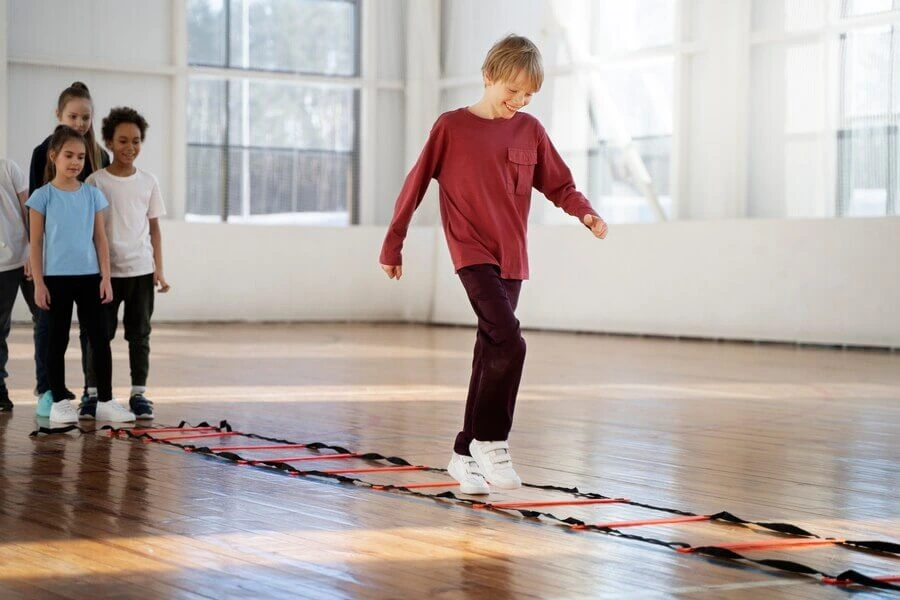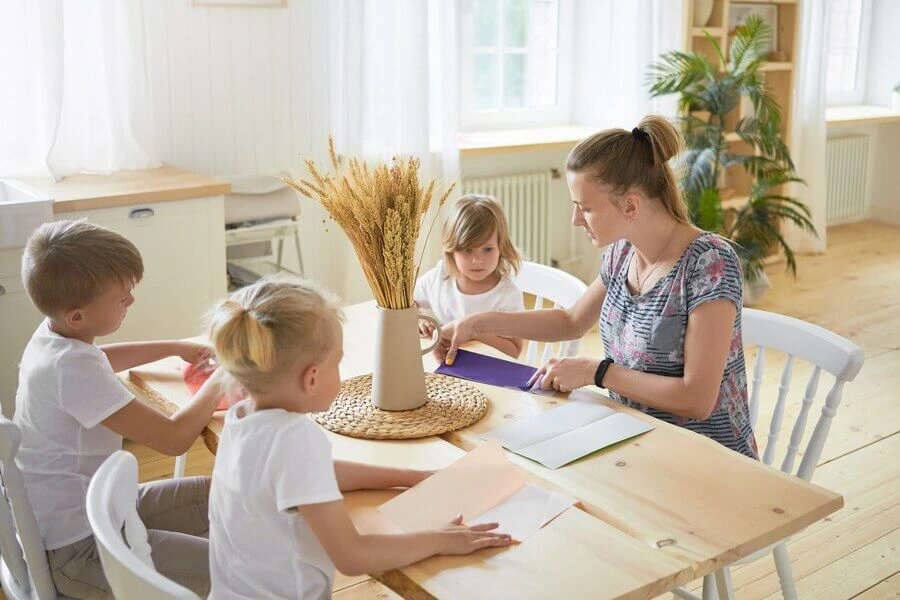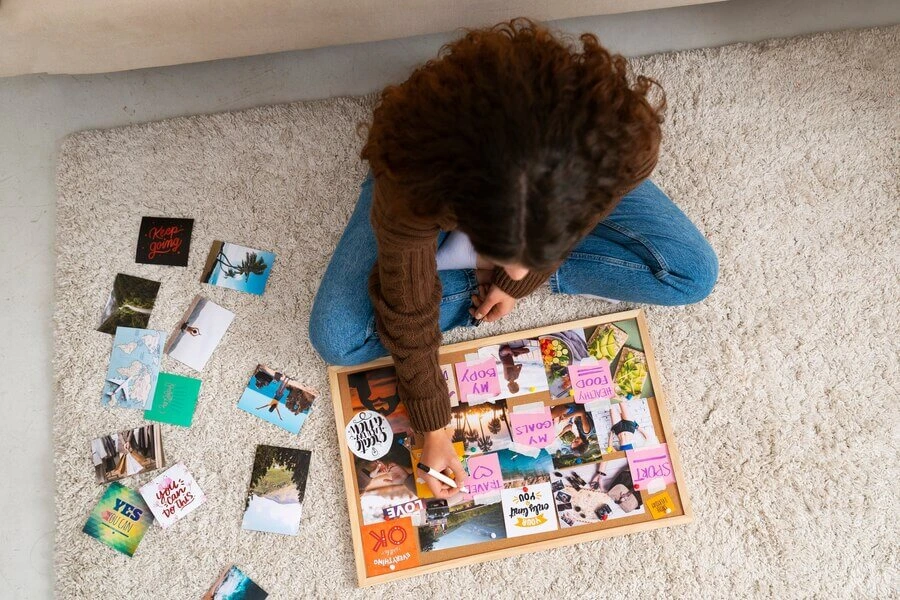As an educator, you know how important social emotional learning is in elementary education. It helps students develop social skills and emotional intelligence. By using these activities, you can teach students life skills like self-awareness and teamwork.
In elementary education, these activities help students learn social skills, empathy, and self-awareness. They prepare students to handle complex social situations and build strong friendships. By focusing on these activities, you create a supportive environment. This environment helps students succeed in school and beyond.
Table of Contents
Understanding Social Emotional Learning in Elementary Education
Social emotional learning (SEL) is key in elementary education. It helps students get the skills needed for success in school and life. By adding SEL activities to your teaching, you can boost students’ emotional intelligence and academic performance. Emotional intelligence is about knowing and understanding your own feelings and thoughts.
SEL greatly affects how well students do in school. Students who are emotionally smart tend to do better. They can handle their feelings, set goals, and make good choices. Some main benefits of SEL are:
- Improved self-awareness and self-management skills
- Enhanced social awareness and relationship skills
- Better academic performance and attendance
- Increased emotional intelligence and well-being
By teaching SEL, you help students develop important skills for life. These include knowing oneself, managing feelings, and forming strong bonds with others. SEL is now a big part of elementary education. It’s crucial for students’ success in school and beyond.
Social Emotional Learning Activities for Building Self-Awareness
As an educator, you are key in helping students understand themselves. This is a big part of social emotional learning. By adding mindfulness and self-reflection to your lessons, students can grasp their thoughts, feelings, and actions better. This can make them do better in school and create a happier classroom.
Building self-awareness in students can be done through mindfulness and journaling. Mindfulness, like deep breathing and meditation, helps students calm down and stay present. Journaling lets them write about their thoughts and feelings, helping them know themselves better.
- Mindfulness exercises, such as deep breathing and meditation, can help students calm their minds and focus on the present moment.
- Journaling and self-reflection activities can help students identify their strengths and weaknesses, set goals, and develop a growth mindset.
- Self-awareness activities can be incorporated into daily routines, such as morning meetings or transition times, to help students develop a sense of self and improve their social emotional learning.
By adding these activities to your lessons, you help students grow in self-awareness and mindfulness. Remember, it takes time and effort to build this skill. Be patient and keep working with your students. With time, they will learn to understand themselves better and succeed in life.
Collaborative Games That Enhance Social Skills

Looking for ways to boost social skills in elementary students? Collaborative games and activities are a great choice. They help students improve communication, problem-solving, and conflict resolution. These skills are key for strong friendships and better social skills.
Collaboration and team-building are essential for social skills growth. Collaborative games teach students to work together towards a goal. This builds unity and cooperation, improving their social skills like listening, empathy, and communication.
Partner Activities
Partner activities are a good starting point for collaborative games. They include paired problem-solving, shared creative projects, or team-building challenges. Working in pairs helps students build trust, respect, and open communication.
Group Dynamics Exercises
Group dynamics exercises take collaboration further by involving more students. They include group problem-solving, role-playing, or games that need teamwork. These activities help students understand social skills like cooperation, adaptability, and conflict resolution.
Team-Building Challenges
Team-building challenges are fun ways to improve social skills in elementary students. Activities like escape rooms, scavenger hunts, or volunteer work are great. They teach students to work together, improving leadership, communication, and teamwork skills.
Emotion Management Activities for Young Learners

Teaching young learners to manage their emotions is key to their social emotional learning. It helps them deal with stress, anxiety, and other feelings. By using activities that focus on emotion management, mindfulness, and creativity, you can help them grow.
These activities include breathing exercises, creative projects, and mindfulness practices. They are designed to meet each student’s needs. For instance, mindfulness helps them notice their thoughts and feelings. Creative projects let them express their emotions and find their voice.
Breathing Exercises
Deep breathing is a simple yet powerful way to relax and lower stress. It teaches students to calm their minds and bodies. This is very helpful during stressful times, like tests or presentations.
Creative Expression Activities
Activities like drawing, painting, or writing are great for expressing emotions. They help students understand and manage their feelings. By encouraging creativity, you help them develop a positive relationship with their emotions.
Mindfulness Practices
Mindfulness, through meditation or yoga, increases awareness of thoughts and feelings. It teaches students to stay in the present moment. This reduces stress and anxiety, bringing calm and well-being.
Building Empathy Through Interactive Experiences
Developing social skills in students is key, and empathy is at the heart of it. Empathy helps build strong relationships and is vital for understanding others. Interactive experiences are great for this, letting students connect with each other and their community.
Role-playing and perspective-taking exercises can teach empathy. They help students see things from different angles. Community service projects also foster empathy by showing students the needs of others.
- Role-playing activities to practice social scenarios
- Perspective-taking exercises to consider different viewpoints
- Community service projects to engage with the community
By using these interactive methods, you can boost your students’ social skills, including empathy. Empathy helps them handle complex social situations and build strong friendships. This improves their emotional intelligence and overall happiness.
Empathy is not just about seeing things from another’s view, but also feeling and sharing their emotions. Teaching empathy makes our students more caring and compassionate.
These interactive experiences deepen students’ understanding of empathy. By focusing on empathy and social skills, you help them grow into well-rounded, successful people. This success extends beyond the classroom.
Incorporating Social Emotional Learning Activities Into Daily Routines

Creating a supportive learning environment is key. Adding social emotional learning activities to daily routines can greatly help. These activities can be part of morning meetings, transition times, and end-of-day reflections. They help students develop important skills like self-awareness, emotional intelligence, and teamwork.
It’s easy to add social emotional learning activities to daily routines. For example, morning meetings are perfect for talking about empathy, kindness, and respect. Transition times can be used for mindfulness, breathing exercises, or calming activities. These help students manage their emotions.
Morning Meeting Ideas
- Sharing circles: Encourage students to share their thoughts, feelings, and experiences with the class.
- Gratitude practice: Ask students to reflect on things they are grateful for.
- Goal setting: Help students set and work towards achieving their personal and academic goals.
By adding social emotional learning activities to daily routines, you create a positive learning space. This space supports academic success, social skills, and emotional well-being. Whether it’s through morning meetings, transition time activities, or end-of-day reflections, these activities are crucial for students’ success in life.
Conclusion: Making SEL Activities a Cornerstone of Elementary Education
Social emotional learning activities are key to raising well-rounded, successful students in elementary education. By focusing on SEL, you give young learners the skills they need to succeed. These skills help them do well in school and in social situations.
SEL activities help students know themselves better, understand others, and work together. This article has shown many ways to support your students’ growth. Adding these activities to your daily lessons can boost their grades and make your classroom a positive place.
Choosing to invest in social emotional learning means you’re investing in your students’ and community’s future. By using these activities, your students will grow into confident, emotionally smart kids. They will be ready for success in the long run.
FAQ
What are the core components of social emotional learning (SEL) in elementary education?
SEL includes self-awareness, self-management, and social awareness. It also covers relationship skills and responsible decision-making. These skills boost emotional intelligence, improve grades, and enhance well-being.
Why is SEL important in early education?
SEL is key in early education. It helps students develop important skills for school and life. By using SEL activities, teachers support students’ emotional, social, and academic growth.
How can SEL activities impact academic performance?
SEL activities greatly improve academic performance. They help students develop emotional intelligence and social skills. This leads to better focus, teamwork, and problem-solving, enhancing grades.
What are some activities for building self-awareness in elementary students?
To build self-awareness, try mindfulness, journaling, and self-reflection. These activities help students understand their thoughts, feelings, and actions. This understanding aids in emotional control and responsible choices.
How can collaborative games enhance social skills in elementary students?
Collaborative games boost social skills like communication and problem-solving. They help students work together, build relationships, and grow emotionally.
What are some emotion management activities for young learners?
Young learners can manage emotions through breathing exercises, creative activities, and mindfulness. These practices improve self-regulation and emotional intelligence, enhancing well-being.
How can interactive experiences build empathy in elementary students?
Interactive experiences like role-playing and community service build empathy. They help students understand others’ perspectives. This improves social skills, relationships, and emotional intelligence.
How can social emotional learning activities be incorporated into daily routines?
SEL activities fit into daily routines like morning meetings and end-of-day reflections. They teach essential life skills, boost grades, and improve well-being.

